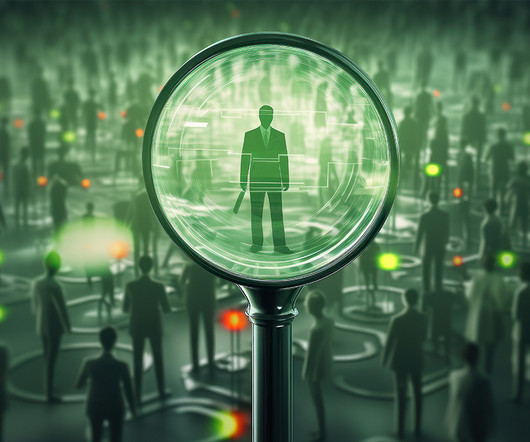7 Ways the U.S. OPM Competency Models Can Support Your Workforce Planning
AvilarHR
DECEMBER 6, 2023
Here’s how the OPM competency models can support your workforce planning. In the ever-evolving landscape of business, workforce planning is a critical aspect of organizational success. And managing workforce skills and competencies is essential for workforce planning.
















Let's personalize your content